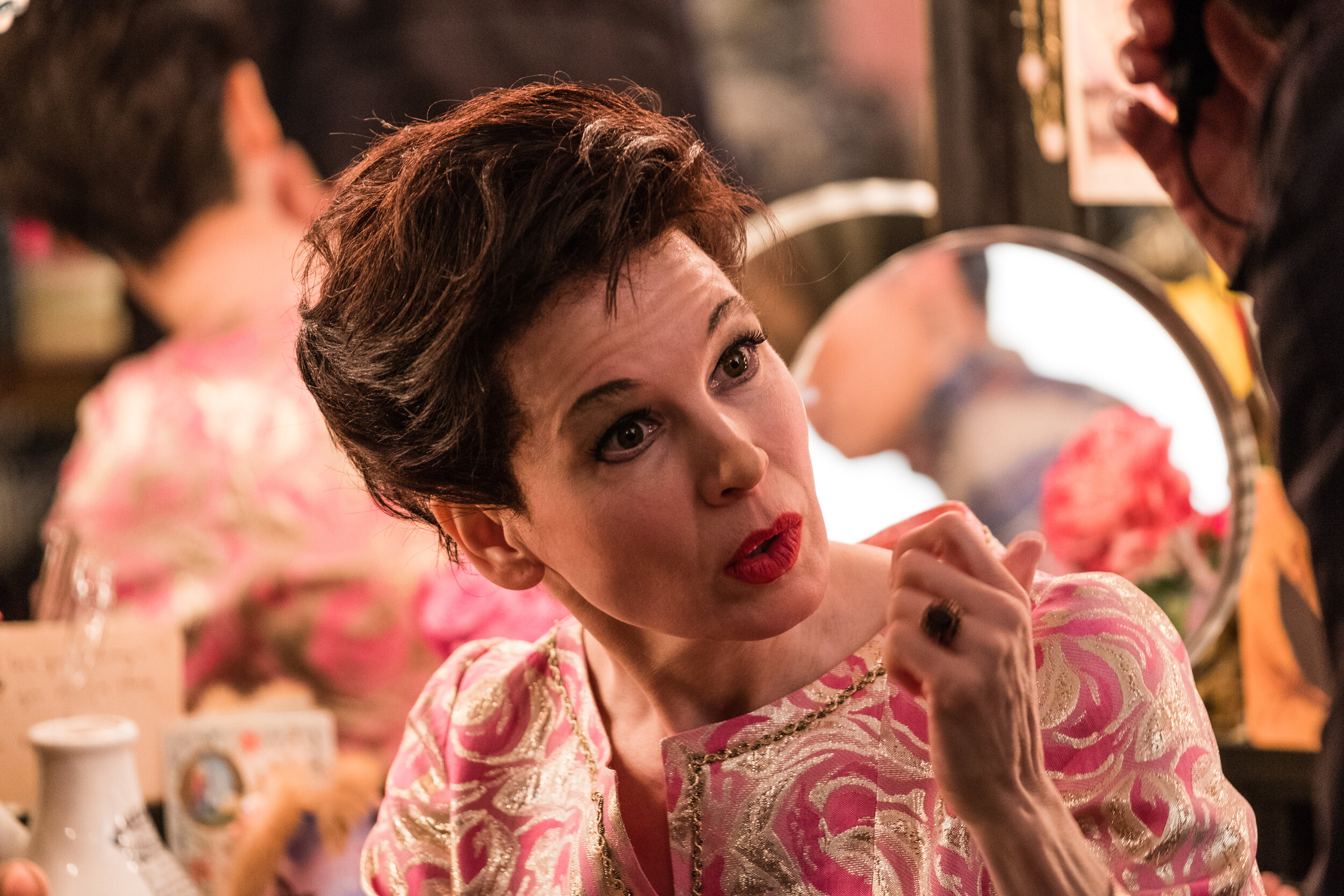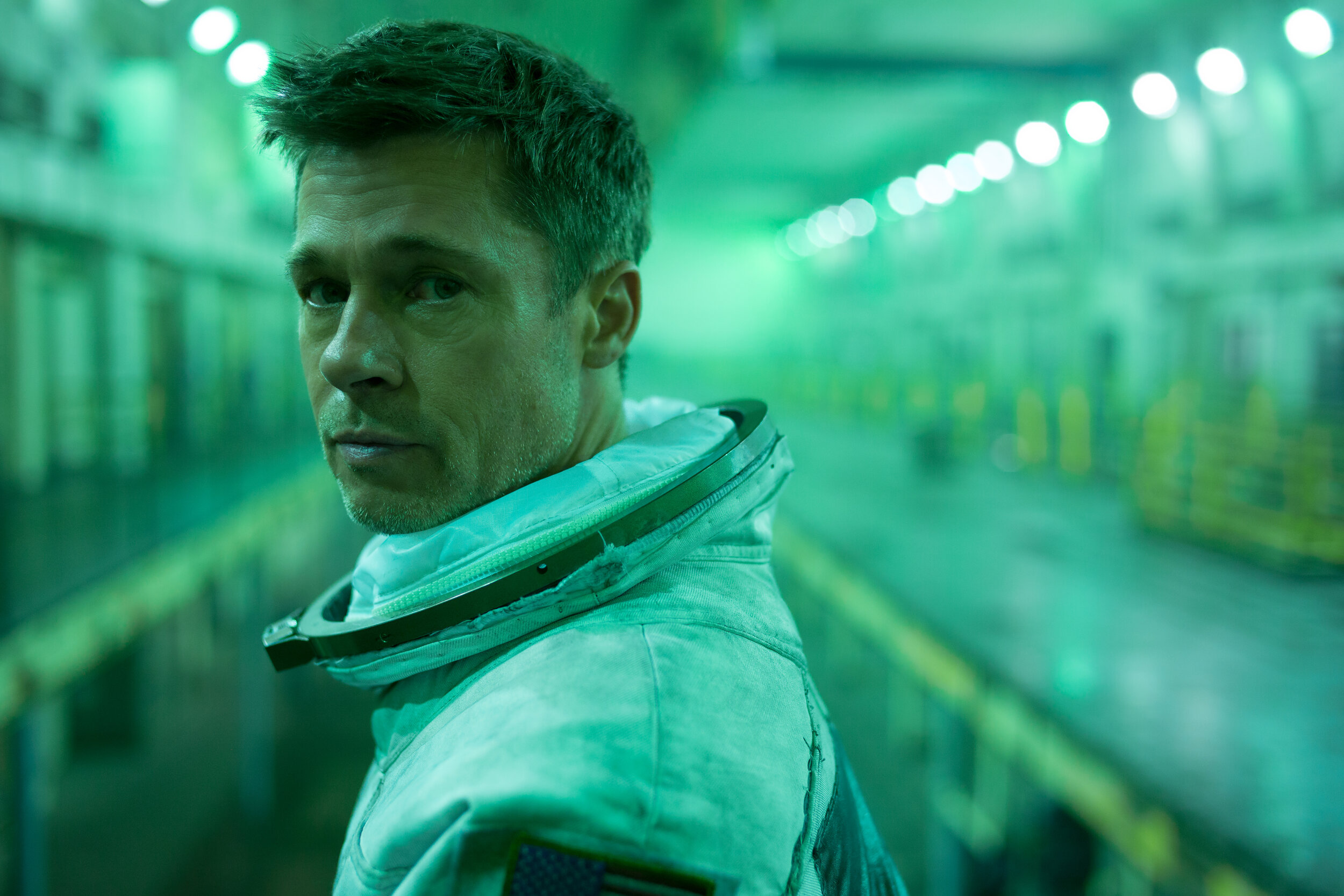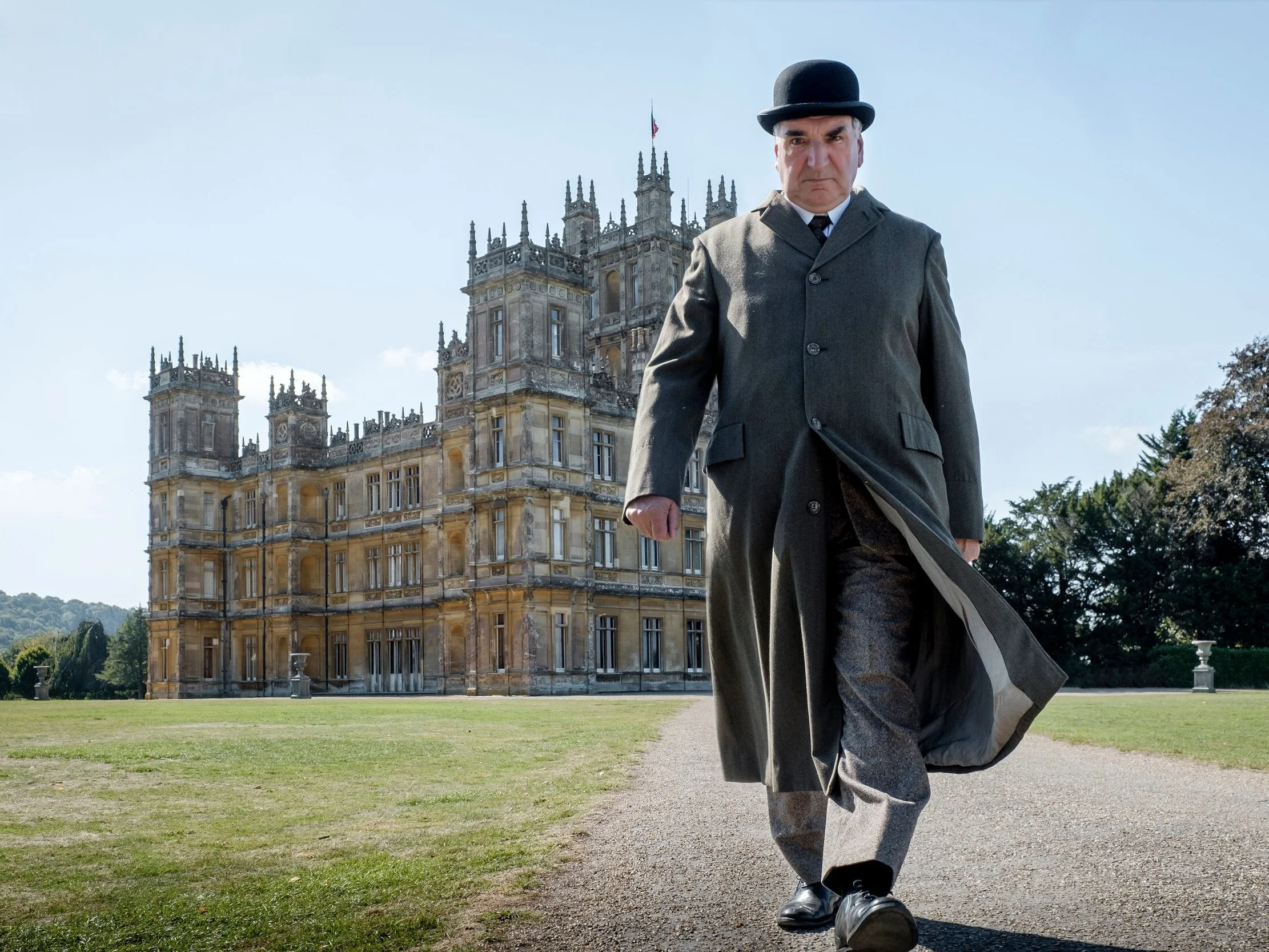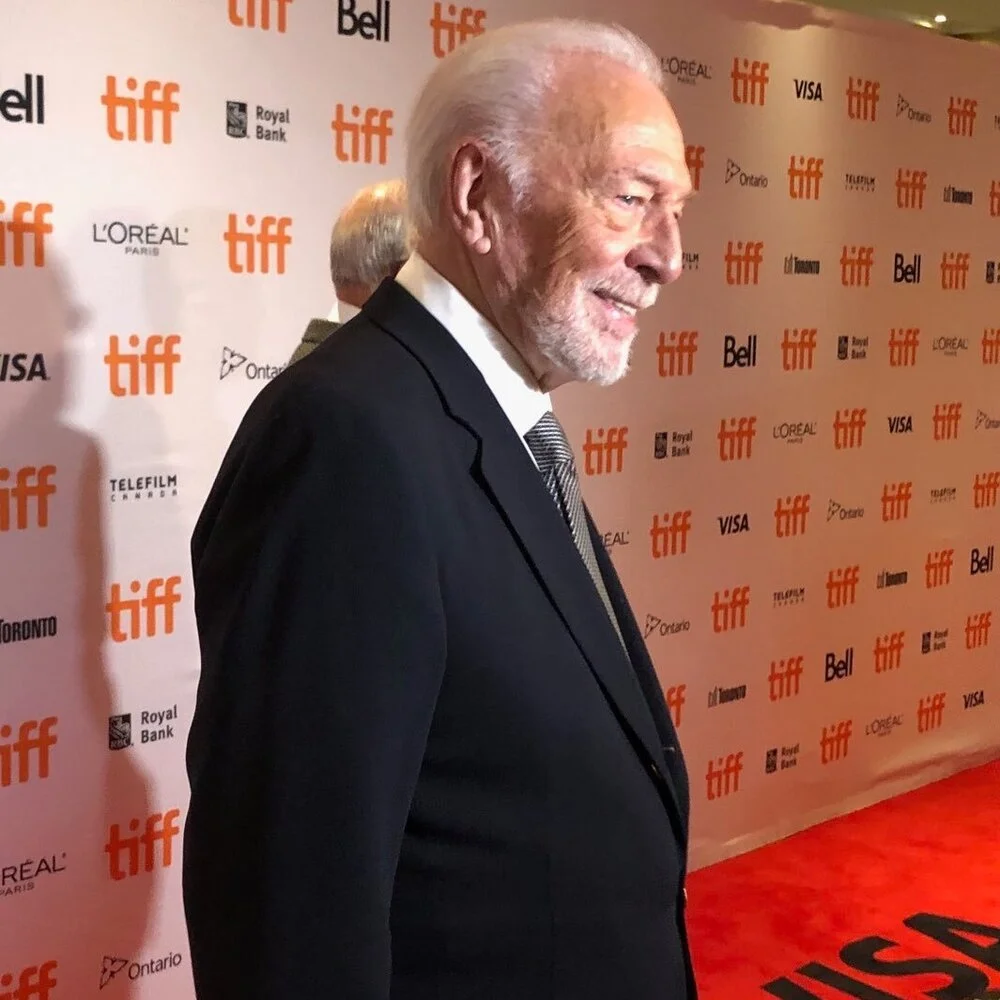Claes Bang and Elizabeth Debicki in The Burnt Orange Heresy.
A wealthy art collector (Mick Jagger) summons a struggling art critic/dealer (Claes Bang) to his opulent villa on Italy’s Lake Como and hands him an offer that he cannot refuse in the highly-engaging thriller “The Burnt Orange Heresy”.
After catching the movie, this critic could not refuse a chance to chat with Claes (“The Square” (2017)) and director Giuseppe Capotondi (“The Double Hour” (2009)) on the 2019 Toronto International Film Festival’s (TIFF) Roy Thomson Hall red carpet. Claes and Giuseppe were so generous with their time, and we talked about the marvelous cast, the leads’ cryptic motivations, the gorgeous locale, and more!
“The Burnt Orange Heresy” stars Bang, Jagger, Elizabeth Debicki, and Donald Sutherland. It played at the Venice Film Festival and TIFF, and Sony Pictures Classics picked it up.
Director Giuseppe Capotondi at the 2019 Toronto International Film Festival.
PFF: I appreciate that your film is set in the art world. Do you have a favorite artist?
GC: (Laughing) I have many favorite artists. I am small collector of photography, including Wolfgang Tillmans’ work, which I hope one day will be worth millions.
PFF: Claes, you play a museum curator in “The Square” (2017), and an art critic/dealer in “The Burnt Orange Heresy”. Is there an ongoing art-theme with your career that we should know about?
CB: I only do films that are set in the art world. No, it’s a coincidence, but the fun thing is that this could be the continued story of what happened to Christian in “The Square”, because he loses his job in a big museum, and in this film, James just lost his job in a big museum. So, there is a connection, but I think that Christian in “The Square” has a very big heart, and James has a very dubious moral issue going on.
PFF: James meets Berenice (Debicki), a new love interest, and I could not read their motivations. I was guessing all the way.
CB: I love you saying that, because I really thought that the script was so intriguing. There’s this weird thing going on between (James and Berenice), and that drew me into (the story) from the very beginning. I found out that Elizabeth was going to play Berenice, and I thought, “This film is going to be so, so interesting.”
PFF: I love the cast with Claes and Elizabeth, and Donald Sutherland and Mick Jagger play critical supporting roles.
GC: First of all, Donald is such a generous man. A fantastic actor, he really helped me a lot on this one, and Mick, it was luck, I suppose. We knew, from common friends, that he was looking for a last film to make, so we sent a script. He liked it. I went to London and was very nervous to meet Mick Jagger from The Rolling Stones, but he’s such a gentle soul. He put me at ease immediately. It was a pleasure to work with him.
CB: Donald Sutherland has been a hero forever, because he’s made some of the best films that I’ve ever seen. He’s amazing. (Now), on the day (of a shoot), I can’t sit there thinking that this is Donald Sutherland or Mick Jagger. I’m with the person who I’m working with on (that) day, so it was more before they came on-set, but they were so lovely, so great and so professional. It was really cool.
Claes Bang at the 2019 Toronto International Film Festival.
PFF: It seems like Cassidy (Jagger) is a man with all the answers. Does James know that he’s starting at a disadvantage?
CB: No, I don’t think so. It’s quite important that he does not know.
PFF: If you could reach into the screen and give James advice, what would it be?
CB: When James has been given the offer by Cassidy, I would say to him, “Take the girl (Debicki) and run! Take the girl and run! She’s lovely.”
PFF: Speaking of lovely, Cassidy’s home and its location were amazing.
CB: It’s crazy, crazy beautiful. To be shooting in (Lake Como), I can only recommend that to everybody in the world.
Jeff – a member of the Phoenix Critics Circle – has penned film reviews since 2008, graduated from ASU’s Walter Cronkite School of Journalism and is a certified Rotten Tomatoes critic. Follow Jeff and the Phoenix Film Festival on Twitter @MitchFilmCritic and @PhoenixFilmFest, respectively.









































